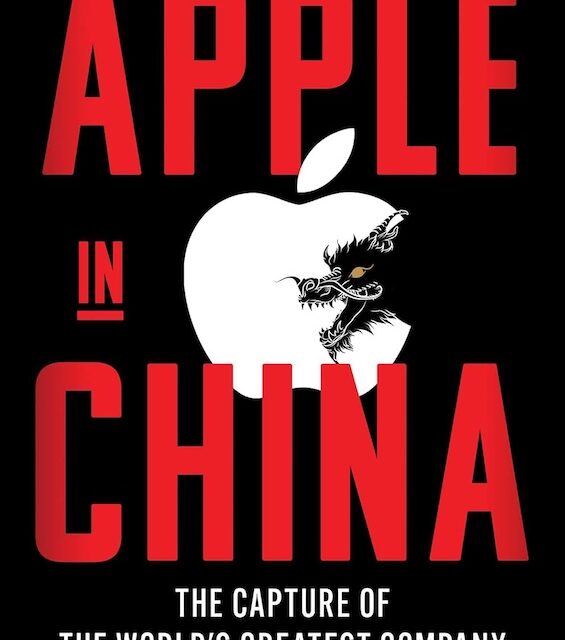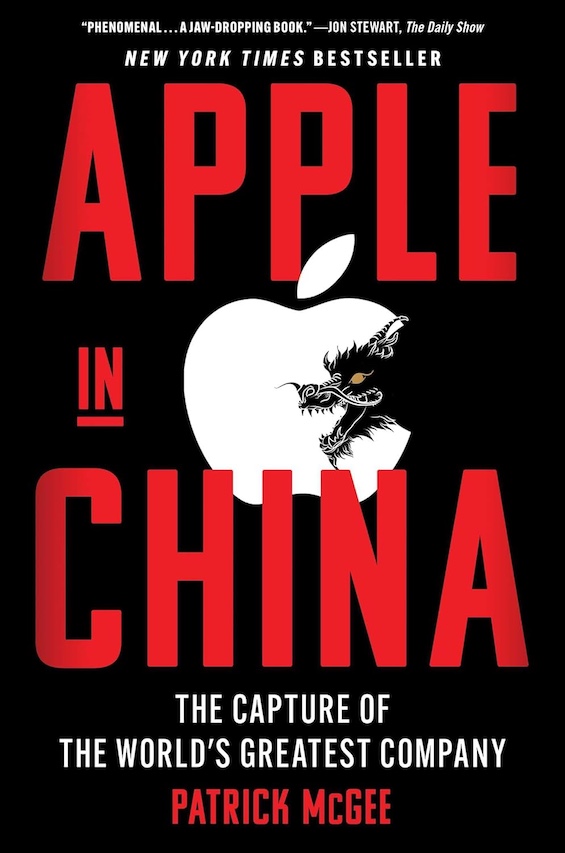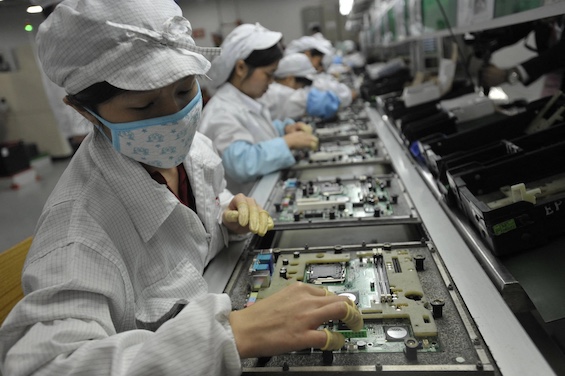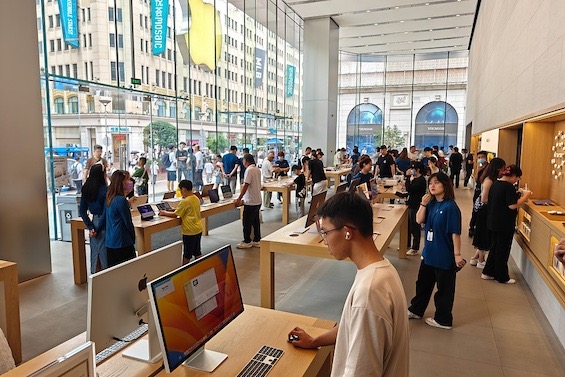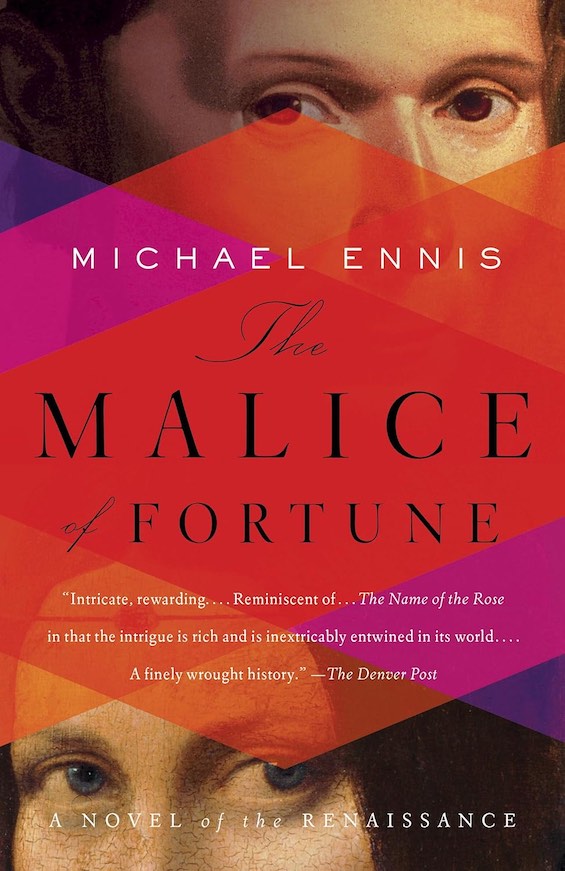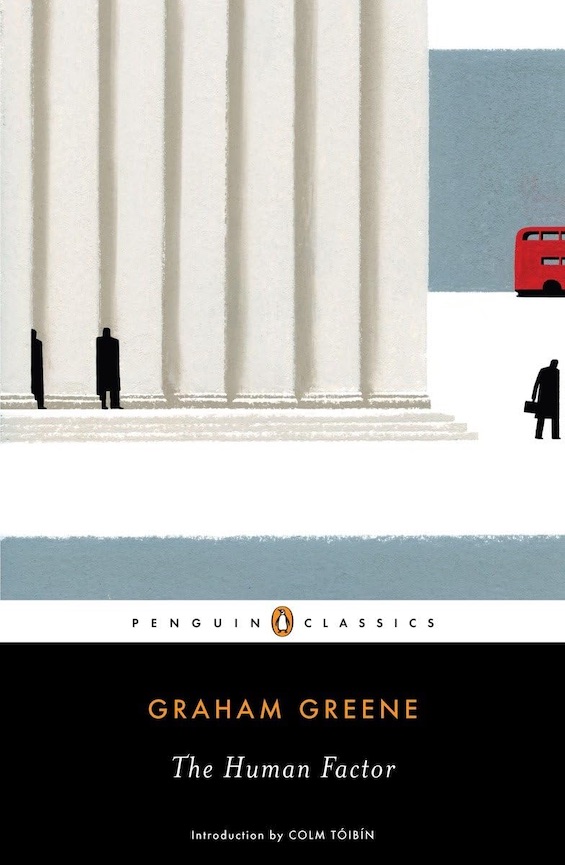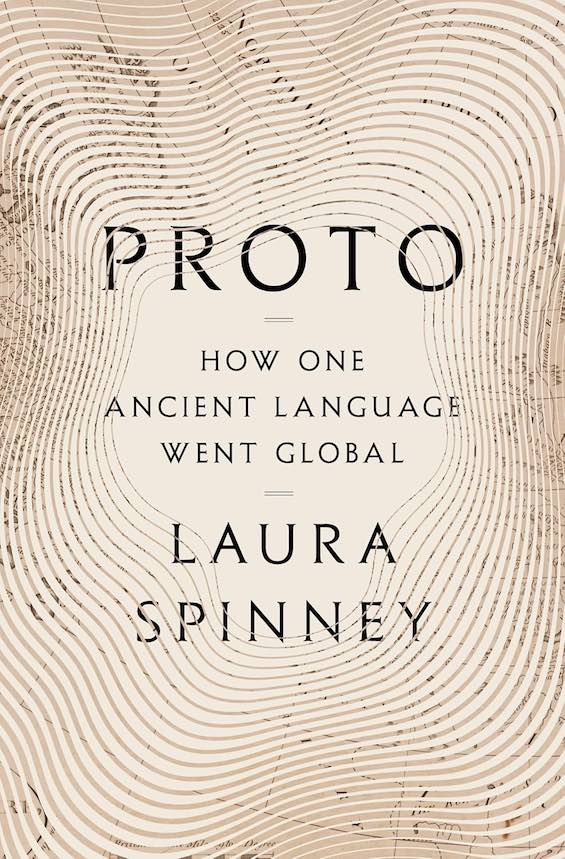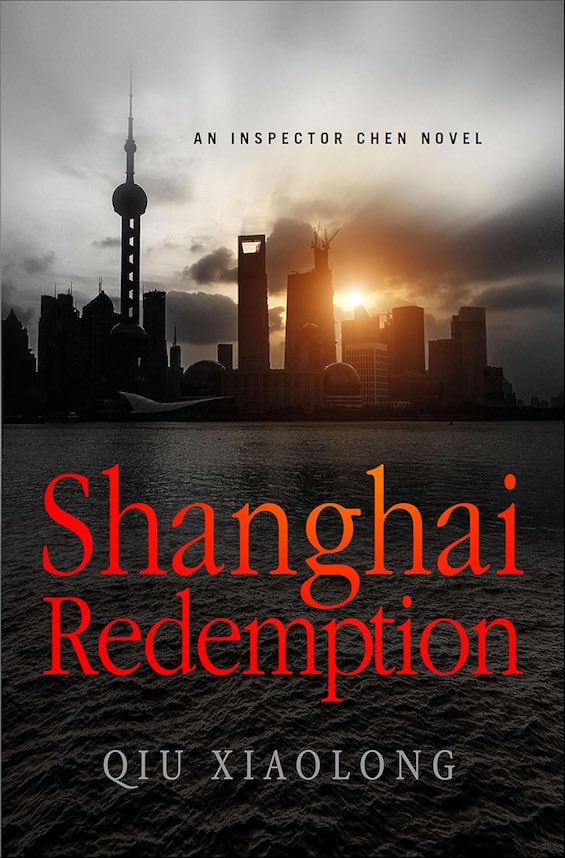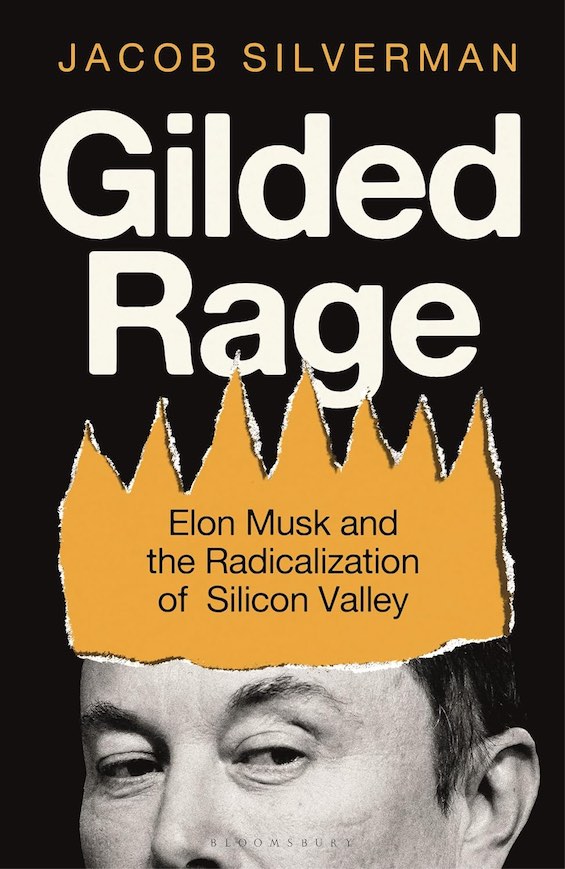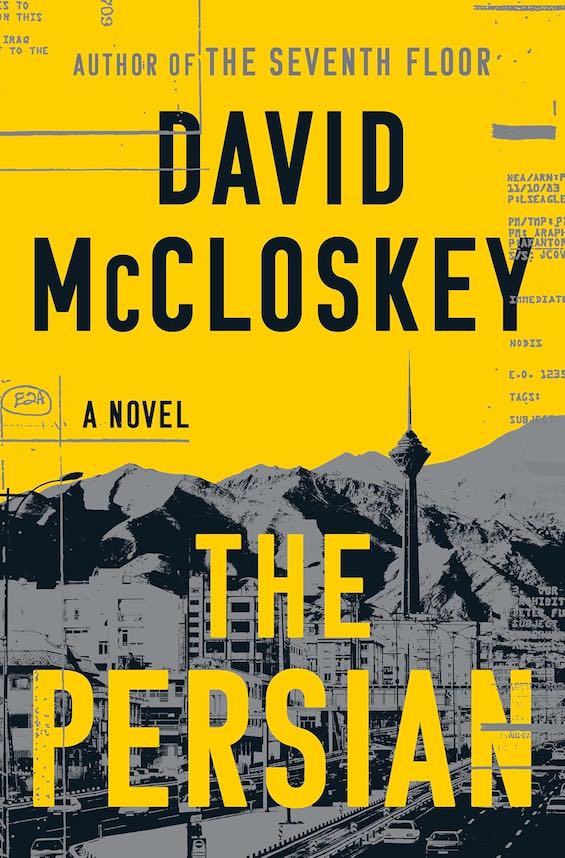You might have wondered, as I have, how China could become so prosperous and powerful in less than half a century since Deng Hsiao-ping launched what I might call the Second Chinese Revolution. Certainly, the centralized power of the Communist Party has played a pivotal role. Like the Soviet Union before it, China’s is still in crucial ways a command economy. But you can’t command innovation, or management skill, or entrepreneurial drive. Military discipline and economic incentives go only so far. Surely, something else is at play here. The business journalist Patrick McGee identifies that something as the $3-trillion juggernaut called Apple. And if that seems a stretch, you may think otherwise if you read McGee’s illuminating new book, Apple in China.
A uniquely lucrative—and dangerous—partnership
McGee makes a persuasive case that the company and the country grew in tandem over the past quarter-century. They’re locked in an uncomfortable embrace that is likely to endure so long as China’s paramount leader, Xi Jin-ping, finds it in his interest to do so. For each of the two parties, the partnership is strategic.
Apple gains the skills, drive, and scale of a workforce and manufacturing base that, as McGee argues, are unavailable anywhere else, even in India. And China gains the continually innovative technology, the management skills, the workforce training, and the passion for excellence that Apple confers by sending wave after wave of top-flight engineers and managers to train local manufacturers on-site.
In the process, however, as Apple has learned to its chagrin, the company has empowered local competitors that are now matching the performance of its most advanced models and outselling them both locally and around the globe. At the same time, the company’s contributions to China’s economy have strengthened the Chinese Communist Party. This runs counter to the widespread expectation that engaging China in the world economy would introduce democratic reforms. But the opposite has occurred.
Apple in China: The Capture of the World’s Greatest Company by Patrick McGee (2025) 448 pages ★★★★★
Taiwanese companies and tens of Apple engineers and managers profiled
Admittedly, as McGee makes clear in abundant ways, Taiwanese companies also played a central role in the growth of both the company and the country. And one in particular stands out: the company now called Foxconn in English. (Chinese observers sometimes call it by its original name, Hon Hai Precision Industry.) Under the brilliant, risk-taking leadership of Terry Gou, Foxconn proved again and again its willingness to sacrifice short-term gains and profit margin to learn technological and managerial skills that Apple was so willing to grant its partners. Other Taiwanese companies, and South Korea’s Samsung, also partnered with Apple. But none worked for so long and at such a grand scale as Foxconn. So it’s no surprise that Terry Gou emerges as a central figure in McGee’s account.
Of course, others, especially the brilliant Tim Cook, Apple’s CEO since 2011, get lots of attention from McGee. But the author’s book excels in identifying, and profiling, tens of other Apple executives and engineers who have figured in important ways in the Apple story. After all, Apple employs some 164,000 people worldwide, including nearly 50,000 in its engineering department and 18,000 in management. No story about Apple in China could be complete without taking into account the decisive contributions of the most outstanding of the people assigned to the company’s biggest overseas site. And Apple’s headquarters in Cupertino is more than 6,000 miles from Shanghai, where the company’s operations in China are based. Running the show there from California proved to be impossible.
Is Apple responsible for all the progress China has made? Obviously not.
It would be foolish indeed to assert that Apple made possible China’s increasingly innovative advances in high-tech industries such as AI, quantum computing, robotics, and 5G technology. China is a very big place, and engineers rule in Zhongnanhai. But, judging from the evidence Patrick McGee presents in Apple in China, the company played a pivotal role in jumpstarting China’s rapid ascent into the leadership in high-technology. The training afforded by thousands of the company’s top engineers and managers, on-site for weeks at a time, has had a profound effect on building the capabilities of China’s ever-more capable workforce.
Summary of the book by Claude-AI
What follows is a 500-word summary from the chatbot app, Claude-AI. I’m including it word-for-word but have deleted the URLs that link to the app’s sources and added subheads to make the text more readable. The content here is accurate in every respect.
Patrick McGee’s Apple in China chronicles how the world’s most valuable technology company became dangerously dependent on its biggest geopolitical rival, inadvertently empowering China’s rise as a technological superpower. Drawing on more than two hundred interviews with former Apple executives and engineers, along with unreported meetings held by Steve Jobs, internal emails between top executives, and confidential memos, McGee reveals the unintended consequences of Apple’s manufacturing decisions over three decades.
The book traces how Apple, after struggling to build products on multiple continents, was lured by China’s seemingly inexhaustible supply of cheap labor and sent thousands of engineers across the Pacific, training millions of workers and spending hundreds of billions of dollars to create the world’s most sophisticated supply chain. By 2015, Apple was investing fifty-five billion dollars annually in China, and by 2018 had installed eighteen billion dollars worth of machinery in its suppliers’ factories.
Investing in creating its own competition
The central revelation is that Apple, without explicitly intending to, built an advanced electronics industry within China, only to discover that its massive investments in technology upgrades had inadvertently given Beijing a power that could be weaponized. The training Apple deployed through its engineers’ presence inside Chinese factories allowed suppliers to apply their newly developed skills to domestic production, giving rise to smartphone brands like Huawei, Xiaomi, Vivo, and Oppo, which grew to capture seventy-four percent of China’s market by 2014, up from just ten percent in 2009.
McGee highlights previously unknown characters who shaped this relationship, including the Mormon missionary who established Apple Stores in China, the “Gang of Eight” executives tasked with placating Beijing, and an idealistic veteran whose hopes of improving factory workers’ lives were crushed by both Cupertino’s operational demands and Xi Jinping’s crackdown on civil society.
A disturbing picture of good intentions gone awry
The book presents a disturbing portrait of how Apple transformed from a company that once celebrated rebels and encouraged people to “Think Different” into one that passively cooperates with an authoritarian regime. McGee argues that Apple is now so deeply entangled with China that decoupling is impossible, creating enormous political implications. Beijing has significant leverage over Apple, as evidenced by the company’s compliance with censorship policies and app removals to maintain access to the Chinese market.
Published in 2025, McGee, who served as the Financial Times reporter covering Apple from 2013 to 2023, argues that China wouldn’t be what it is today without Apple’s investments. The book raises fundamental questions about whether America’s most innovative company should be so deeply intertwined with its biggest rival, and whether Apple can ever extricate itself from this Faustian bargain. It serves as both a corporate history and a cautionary tale about the intersection of technology, manufacturing, and geopolitics in the twenty-first century.
About the author
According to Google Books, “Patrick McGee has been a journalist with the Financial Times since 2013, reporting from Hong Kong, Germany, and California. He led the FT’s Apple coverage from 2019 to 2023 and won a San Francisco Press Club Award for his deep dive into Apple’s HR problems. Previously, he was a bond reporter at The Wall Street Journal in New York. He has a Master’s in Global Diplomacy from SOAS, University of London, and a degree in Religious Studies from the University of Toronto. He resides in the Bay Area with his wife and two daughters.”
For related reading
I’ve reviewed two older books about Apple:
- Becoming Steve Jobs: The Evolution of a Reckless Upstart Into a Visionary Leader by Brent Schlender and Rick Tetzeli (The new Steve Jobs biography is terrific!)
- Steve Jobs by Walter Isaacson (The Walter Isaacson biography of Steve Jobs)
You’ll also find related and complementary books at:
- 30 insightful books about China
- My 10 favorite books about business history
- Best books about innovation.
- 5 best books about Silicon Valley
- Top 10 nonfiction books about politics
And you can always find the most popular of my 2,400 reviews, and the most recent ones, on the Home Page.

